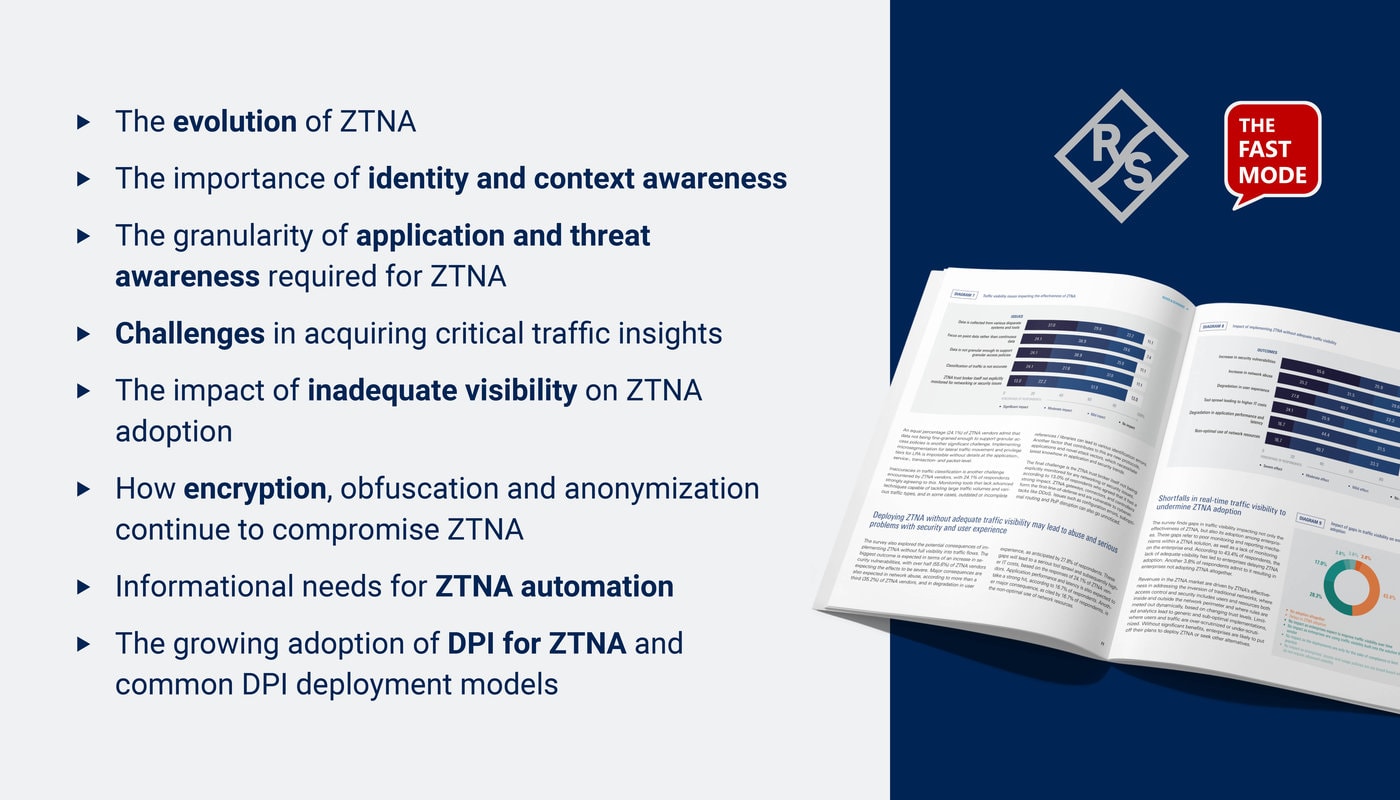JLL today released it's new 'Global Data Centre Outlook' report, which reveals that the mass adoption of cloud computing and artificial intelligence is driving exponential growth for the data center sector. Accounting for 79% of overall demand, hyperscalers (predominantly the global cloud service providers) and edge data centers (smaller facilities located close to the populations and infrastructure they serve) are leading as the fastest growing segments of the market.
According to JLL, the hyperscale market is expected to grow 20% from 2021 to 2026, as more tech companies look to meet surging demand for data processing and storage requirements. With over 300 new hyperscale sites in development globally today, that number is expected to surpass 1,000 by the end of 2024 – up from around 500 sites just five years ago. Data center uptake in Asia will continue despite economic headwinds, supported by factors including sustained social media usage in China (938 million users) and India (467 million users).
According to JLL, the regional hub status of Tokyo, Hong Kong, Singapore, and Sydney remain sound, with a combined 3000MW of total inventory and 765MW under construction. However, enterprises are increasingly considering other hubs and edge markets, including Jakarta and Mumbai, due to growing mobile phone usage.
However, the growth comes with its challenges. Globally, 53% of data centre operators struggle with finding qualified candidates, and 42% face challenges in retaining staff. Along with talent, sustainability is now a top priority for data centre developers, operators and investors, including addressing energy use and emissions. Legislation and self-regulatory initiatives, such as Singapore’s Data Centre Moratorium, are setting standards to mitigate the climate impact of the industry.
Christopher Street, Managing Director, Head of Data Centres, Asia Pacific, JLL
Just five years ago, campus build sizes were commonly around 50MW. Today, it is not uncommon to see builds of 100MW or more. Asia Pacific currently makes up 26% share of global hyperscale data centre capacity in 2022. In mature markets like Singapore, Hong Kong, Tokyo, Shanghai and Sydney, we are witnessing a huge gap in capacity, and they are being bridged quickly with large new builds. Furthermore, emerging edge markets are receiving strong interest from cloud providers and hyperscalers. Given the region’s influence in the global economy, significant opportunity now exists in this market.
Glen Duncan, Data Centre Research Director, Asia Pacific, JLL
Sustainability has been a standout theme since the pandemic. Encouragingly, many Asia Pacific businesses have embarked on purpose-driven sustainability programmes to deliver impact on climate action for sustainable real estate. With more operators looking to use innovative solutions for energy efficiency, we are confident that the sector’s green ambitions would further advance... For data centre users, outsourcing all their operations or hiring a third-party specialist can help mitigate labour challenges. Those who react the fastest to respond to the twin challenges of talent and sustainability stand to benefit from cost and operational efficiencies perspectives.


















